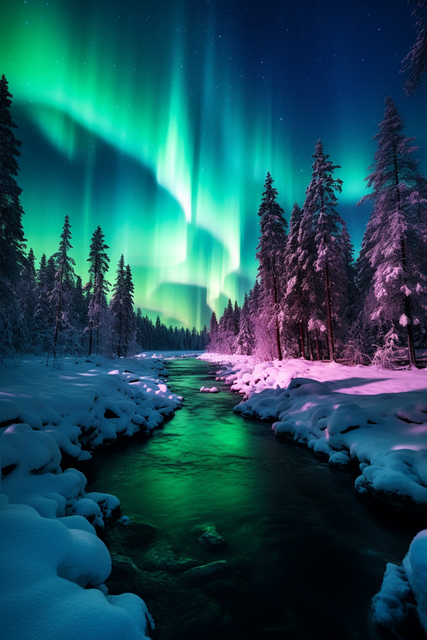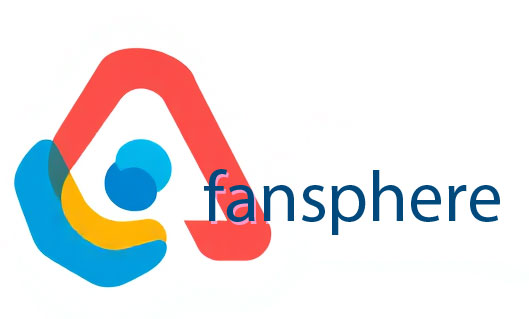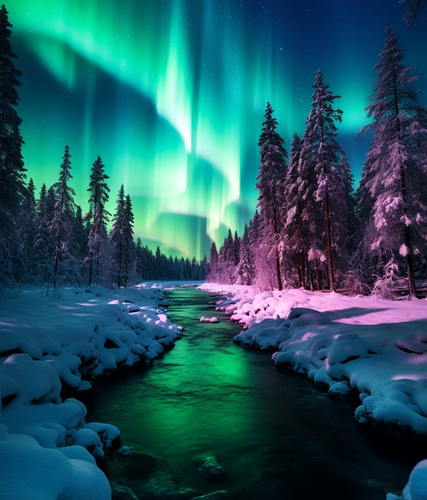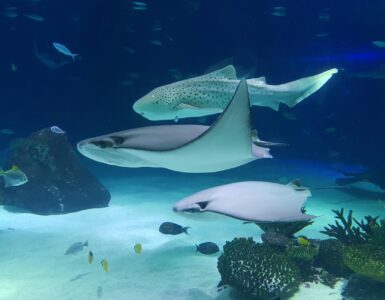At the heart of the Northern Lights, or Aurora Borealis, lies our sun. Imagine the sun as a massive furnace, constantly releasing streams of charged particles into space. These particles travel through the solar wind, a sort of cosmic river that flows toward Earth. When these particles encounter our planet’s magnetic field, it’s like a cosmic collision where energy is exchanged.
But here’s where it gets cool—or should I say colorful? As these charged particles hit atoms in Earth’s atmosphere, mostly oxygen and nitrogen, they cause these atoms to excite and light up, much like how a neon sign glows when energized. The different gases contribute different colors: oxygen produces greens and reds, while nitrogen creates purples and blues. It’s a bit like painting the sky with the most vibrant hues imaginable!
The Science Behind Aurora Borealis
At its core, the Aurora Borealis, or the Northern Lights, occurs when charged particles from the sun collide with Earth’s magnetic field and atmosphere. Think of it as nature’s own light show! These solar winds, made up of electrons and protons, travel millions of miles and, when they reach our planet, they can create stunning visuals. Imagine a cosmic brush painting the sky with hues of green, pink, and violet, all thanks to the way these particles interact with gases in our atmosphere. Isn’t it fascinating how something so distant can create such beauty right above us?
When these particles hit oxygen and nitrogen molecules in our atmosphere, they excite these gases, causing them to radiate light. The different colors you see depend on which gas is getting excited. Oxygen at higher altitudes gives you the reds and purples, while lower altitudes emit the greens you see so often. It’s like a secret language of colors, telling us about the invisible activity up there!
Where and When to See Them

First things first—let’s talk location. The best spots are often far from city lights, where the air is fresh and the stars can twinkle without interruption. Look for national parks or secluded beaches. Some of the top choices include Big Bend National Park in Texas or Joshua Tree in California, where the darkness invites the cosmos to dance. These places are like hidden gems, almost as if they were designed for star-gazing enthusiasts!
But timing is everything, right? The phase of the moon matters significantly too. You don’t want that bright full moon stealing the show when you’re trying to see the Milky Way or shooting stars. The new moon phase is your best friend—think of it as the universe’s way of saying, “Let’s get this party started!” Also, clear nights after rain are ideal, as the sky becomes a blank canvas, devoid of the usual humidity and haze.

























Kommentar hinzufügen